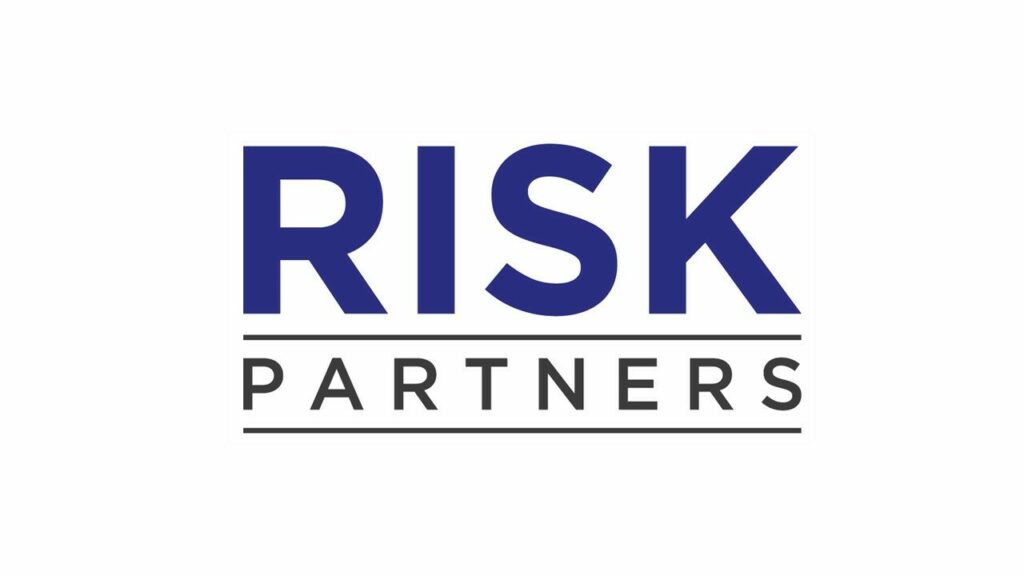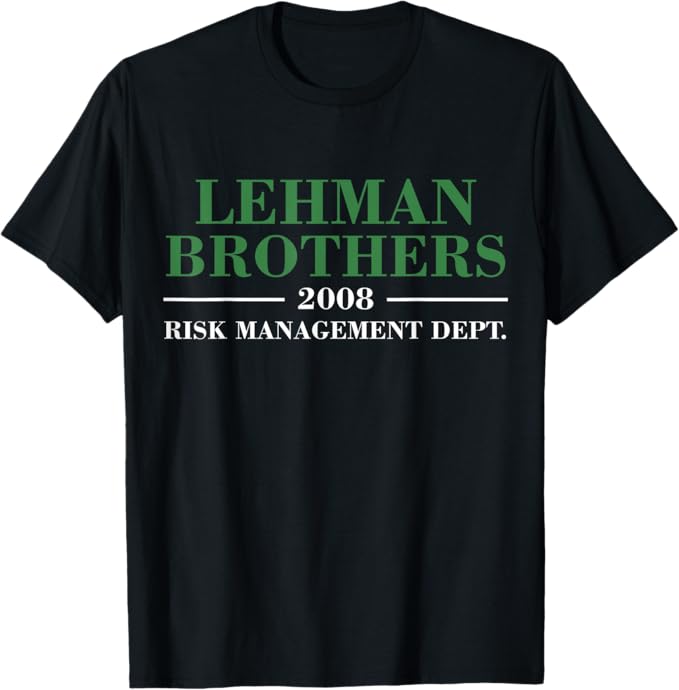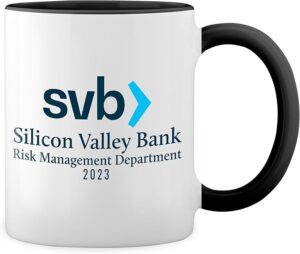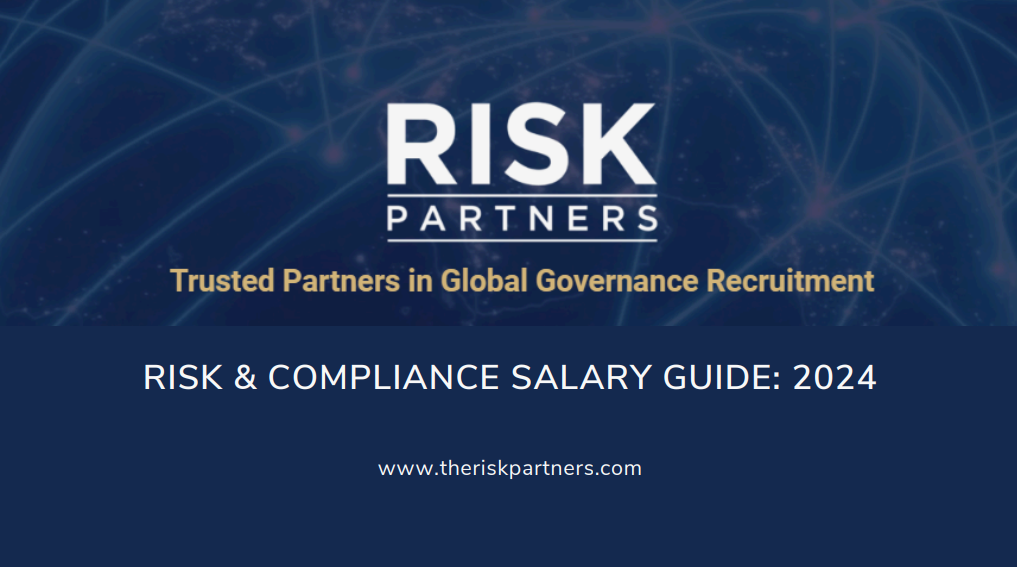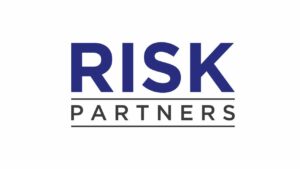Summary
In 2025, the Cyber Risk landscape continues to grow and intensify. High profile UK businesses have been targeted (such as JLR, Mango, M&S and Heathrow airport) to varying levels of chaos.
Feedback from our financial services clients have shown us that there is a convergence of advanced threat tactics, evolving regulatory pressures, and rising expectations around resilience and governance.
From a recruitment and talent perspective, this environment is creating large levels of demand.
1. Advanced threats driving demand
- The malicious use of AI and automation is rising. Attackers leverage generative AI to craft more convincing phishing campaigns, impersonation attacks, or evasion techniques
- Third-party / vendor risk is increasingly critical. Recent trends in cyber underwriting reflect deeper scrutiny of vendor ecosystems and cascading “horizontal” exposures
- Ransomware has evolved. For example, “double extortion” attacks that exfiltrate data prior to encryption are now common in large-loss events
- Social engineering, credential stuffing, and supply-chain compromise remain top entry points
Because of these dynamics, we’re seeing demand pick up for roles such as threat intelligence analysts, red-team / adversary emulation specialists, vendor risk / third-party risk managers, and AI/ML security engineers.
2. Regulatory & resilience
- In the EU, the Digital Operational Resilience Act (DORA) is forcing financial firms and ICT service providers to strengthen incident response, stress testing, ICT risk governance, and operational continuity
- The Cyber Resilience Act (CRA) will bring new security requirements on digital products and connected software, adding further compliance complexity
- In many jurisdictions, financial regulators are pushing for holistic operational resilience frameworks (blending cyber, IT, and business continuity)
- Regulators are also augmenting expectations around third-party oversight, mandatory breach reporting, transparent controls, and proof of cyber maturity
These developments are increasing demand for regulatory risk or compliance specialists with cyber domain expertise, resilience architects, and control assurance professionals.
3. Governance, Culture & Board-Level Oversight
- Cyber risk is no longer just an IT issue, it’s a board-level conversation. Organizations increasingly seek cyber risk officers, chief risk officers (with cyber experience) and risk quantification modelers to translate technical risk into business metrics
- Demand for cyber risk quantification, scenario analysis, and stress-testing continues to rise (e.g. estimating tail risks, economic loss from outages or systemic attacks)
Market Dynamics / talent implications
- Talent scarcity and premium pricing: As the demand diversifies (across AI, vendor risk, resilience etc), financial services firms are facing intense competition for cyber skill sets.
- Breadth of experience / commercial implication knowledge: Professionals who can bridge technical, risk, business, and regulatory domains are becoming highly sought after.
- Remote & hybrid hiring expands talent reach: Cyber risk roles are more amenable to remote / hybrid work, enabling firms to source from a broader geography
Hiring hotspots
- AI Cybersecurity (defensive / adversarial)
- Vendor / Third-party risk / Supply-chain Cyber
- Resilience / operational continuity (particularly in critical banking infrastructure)
- Threat intelligence
- AI or Cyber Risk Governance
The Risk Partners are a boutique recruiter, with Corporate Governance (Cyber, Risk, Compliance, Audit) at the heart of its activities. We live in a world where Governance steers the world through often challenging times. Our aim is to work in partnership to develop careers and find business solutions.
Please get in touch to discuss how we can help you. contact@theriskpartners.com
